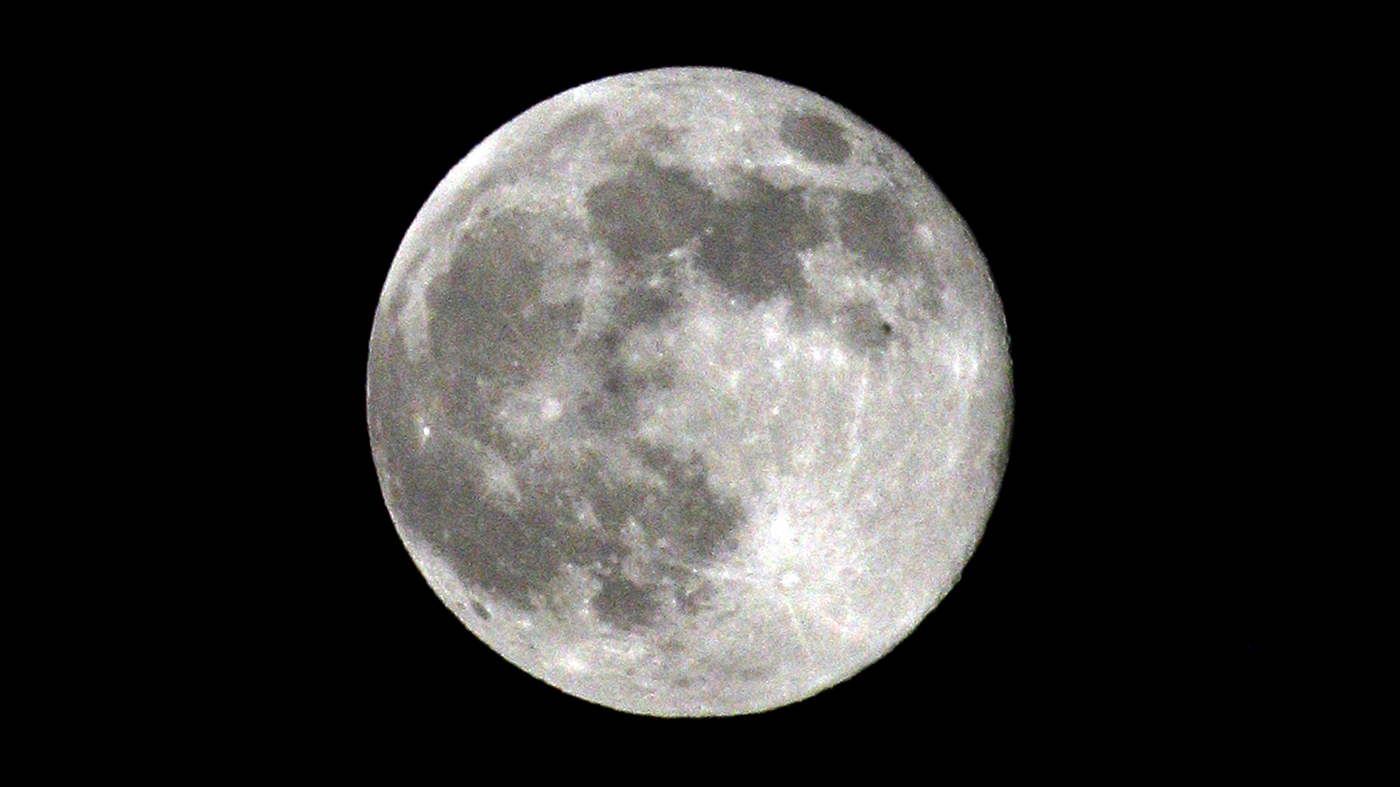“This slow motion of Debbie is going to result in that long duration of heavy rainfall, and could cause potentially catastrophic flooding,” NHC meteorologist Michael Brennan told reporters Wednesday morning.
With 15 to 25 inches of rain expected across the Southeast, Brennan said the agency was “very concerned about the possibility of life-threatening flash flooding” in cities like Savannah, Ga.; Charleston and Myrtle Beach, S.C., and just west of Wilmington, N.C.
That level of rain, Brennan said, meant flooding in places that aren’t usually accustomed to it; widespread “inundations of businesses and homes” driving emergency rescues and highways closed from flooding or as roads are “eroded from underneath.”
Flooding is also worsened by Debby’s winds, which are pushing ocean water up against the low-lying, flood-prone — and slowly sinking — cities of the Southeast, making it even harder for the region’s waterways and sewer systems to drain water into the ocean.
That dangerous level of rainfall is a direct result of the storm’s slow speed, which has allowed it to all-but-hover in place, giving its winds and rain bands unusual amounts of time to transfer billions of gallons of water from the unseasonably hot waters of the Atlantic to the cities of the Southeast, as The Hill reported.
And Atlantic hurricanes may be slowing down in general as heat largely trapped by burning fossil fuels strengthens the westerly winds that slow their passage north, according to a 2020 study out of Princeton.
The result of all that rain is a storm that threatens the Eastern Seaboard with as much as a week of “life-threatening” flooding, Brennan said.
That risk extends across the coastal Carolinas through Friday, as a Debby strengthened by the Gulf Stream lumbers back onshore Thursday morning, and which will extend across northern North Carolina and “all the way through the mid Atlantic states and into southern New England through Sunday morning,” he added.
Over the past decade, rain-driven flooding has gone from a small share in total hurricane deaths to the biggest factor, according to a 2023 report by the NHC that Brennan coauthored.
Between 2013 and 2022, 57 percent of hurricane fatalities came from rain-driven flooding — more than twice the share seen in hurricanes that hit the U.S. between 1963 and 2012.













